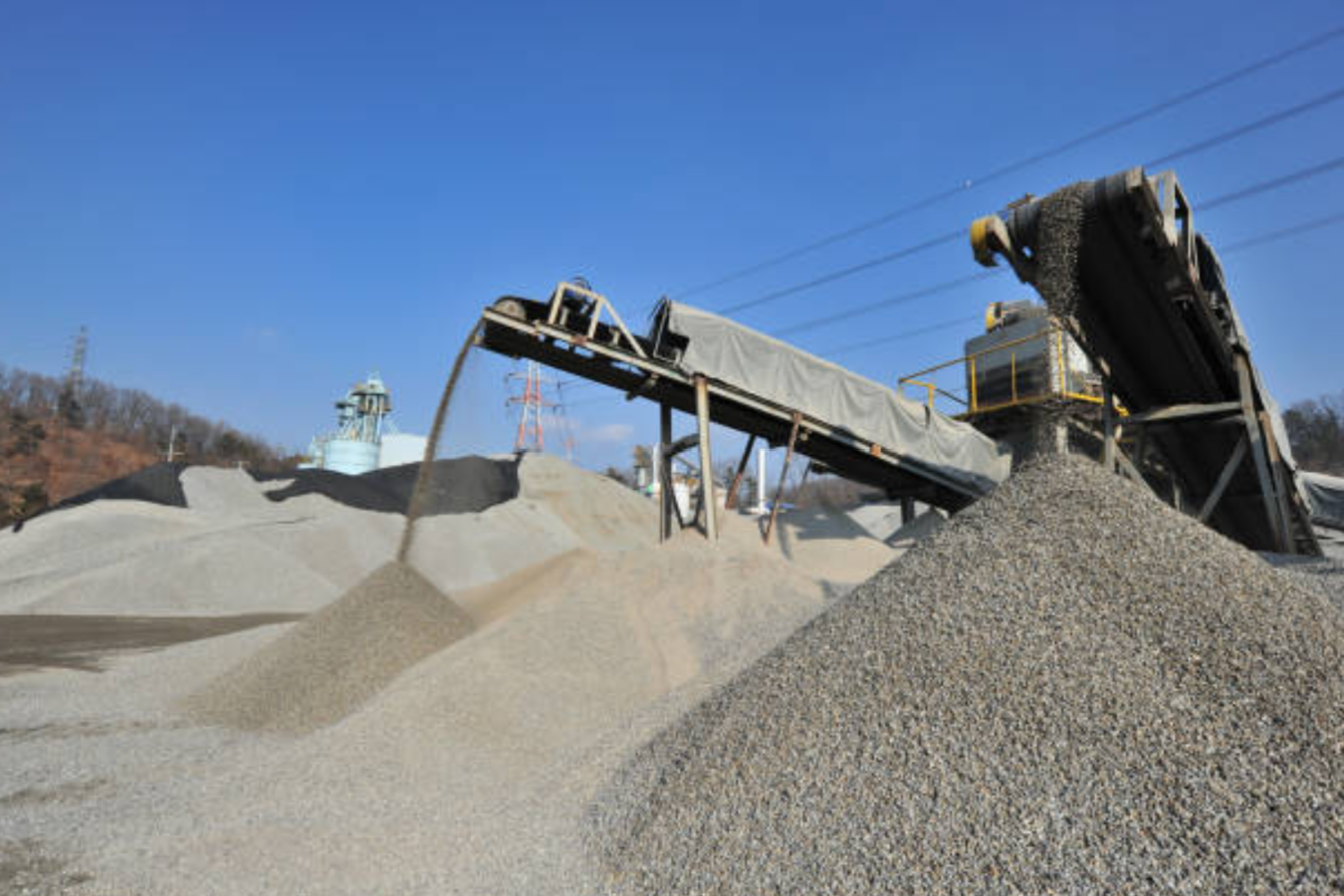Designing Gravel Conveyor Systems for Maximum Efficiency

Conveyor systems are very crucial in the aggregate industry as they help in the movement of gravel from one location to another, thus increasing efficiency. These systems when coupled with a concasseur (crusher) enhance the management and processing of gravels and therefore are vital in quarries and related operations. This paper aims to discuss the main factors that should be taken into consideration when designing the effective gravel conveyor systems with the use of convoyeur gravier technology.
Assessing Material Characteristics
The first thing that needs to be done in the design of the gravel conveyor system is to determine the properties of the material to be conveyed. Gravel is very diverse in size, weight and moisture content and therefore the type of conveyor to be used, the belt to be used and the design of the conveyor system. It is therefore important to ensure that the system can accommodate these variables to allow for the uninterrupted and efficient operation of the system.
Selecting the Proper Conveyor
Some of the common conveyor systems that can be used to transport gravel include: The choice between belt conveyors, roller conveyors, chain conveyors, and others depends on factors like the load that is expected to be transported, the distance of transport, and compatibility with other equipment like the concasseur. For example, belt conveyors are used because of their efficiency in handling materials over long distances and at different gradients.
Optimizing Conveyor Layout
The design of a gravel conveyor system affects its performance greatly. The layout of the convoyeur gravier should have as few sharp turns and steep gradients as possible to minimize wear on the system and energy use. Also, a proper conveyor layout helps to avoid the congestion of material flow from the concasseur to the conveyor and reduce the time of their interaction.
Implementing Advanced Controls
Today’s conveyors used for gravel have a lot to gain from the control systems in place. These controls are used to automate the operation of the conveyor and regulate the speed of the conveyor depending on the load and the operational requirements. Energy efficiency is not only achieved through the use of automation but also the integration of the flow of material with other processes such as crushing and loading.
Maintaining System Flexibility
The ability to make changes in the conveyor system design is possible due to flexibility in the design. The flexibility of the conveyor system that can be added to or altered in some way is the best way to address fluctuations in the production rate or methods of handling the products. Such flexibility is especially valuable in such sectors as mining and construction, where the conditions of work can be rather volatile.
This paper has demonstrated that through proper consideration of the characteristics of the material to be conveyed, the type of conveyor to be used, the layout of the conveyor system, the use of advanced controls, and flexibility in the design of the gravel conveyor systems, operations can attain the highest levels of efficiency and productivity. When well integrated with crushers, these systems are an important component of the material handling systems in the aggregate industry to transport and process gravel for various uses.